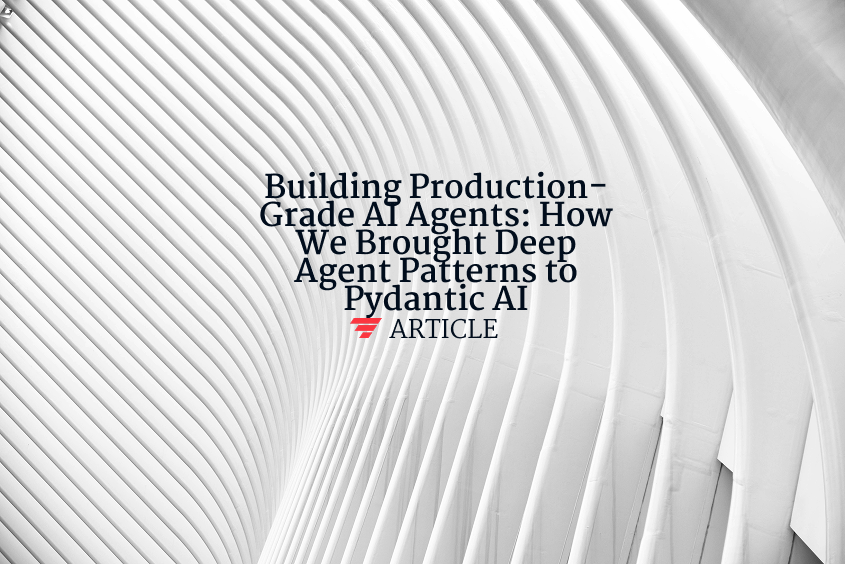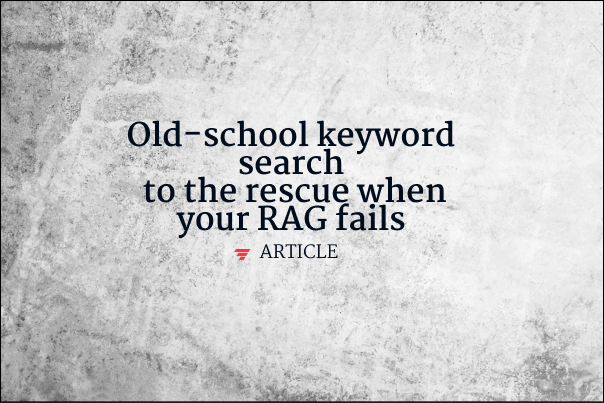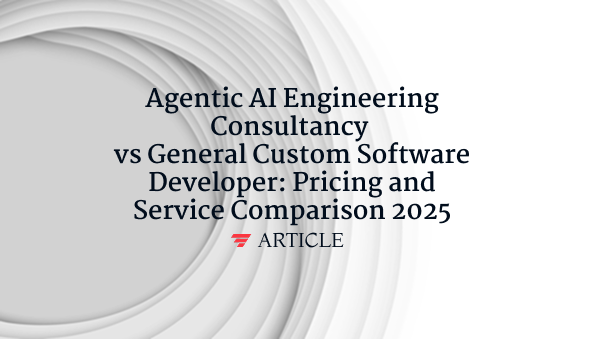Zero-shot solutions
Zero-shot solutions are artificial intelligence approaches that enable models to perform tasks or solve problems without having received specific training examples for those particular scenarios, leveraging learned representations and semantic understanding to generalize knowledge from training data to completely novel situations. These solutions demonstrate a model’s ability to understand task descriptions, interpret contextual clues, and apply general knowledge to new domains through natural language instructions, semantic embeddings, or auxiliary information that bridges known and unknown categories. Zero-shot solutions utilize techniques including prompt engineering, task description interpretation, semantic similarity matching, and transfer learning principles that enable AI systems to tackle unfamiliar problems by understanding their structure and requirements rather than relying on explicit training examples. Modern implementations incorporate large language models, vision-language systems, and multimodal architectures that can perform zero-shot classification, translation, question answering, and content generation across domains they have never explicitly encountered during training. Enterprise applications leverage zero-shot solutions for rapid deployment of AI capabilities to new business domains, reducing data collection requirements, enabling cost-effective scalability, and providing flexibility for handling emerging use cases without extensive retraining. Advanced zero-shot implementations support dynamic task adaptation, cross-domain knowledge transfer, and intelligent system responses that enable organizations to deploy AI solutions quickly and efficiently across diverse operational scenarios.
Want to learn how these AI concepts work in practice?
Understanding AI is one thing. Explore how we apply these AI principles to build scalable, agentic workflows that deliver real ROI and value for organizations.




